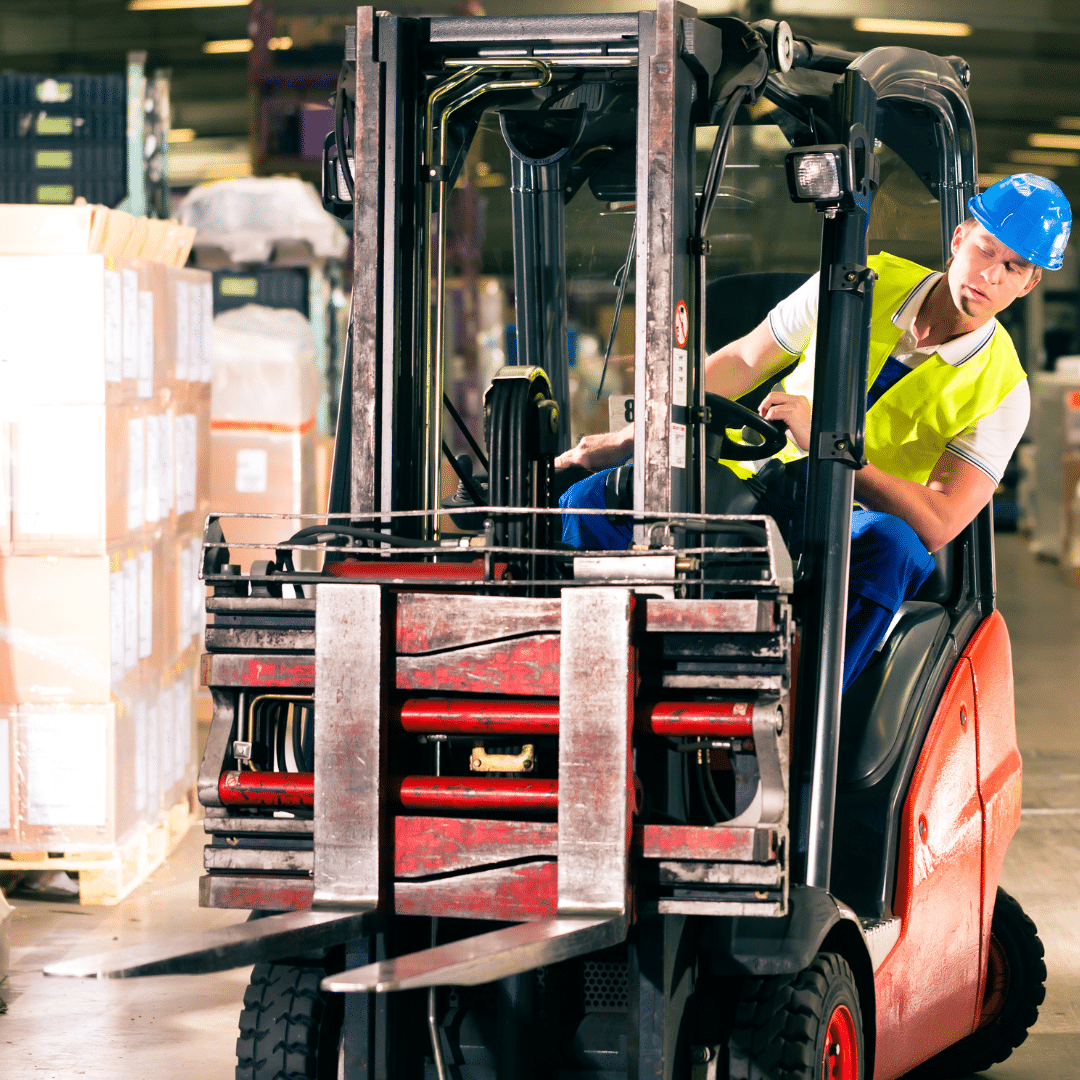Forklifts are the workhorses of the modern warehouse, and their operators play a vital role in ensuring the efficient movement of goods. However, with great power comes great responsibility. Forklifts, when not handled with care and caution, can pose serious risks to both the operators and those working around them. In this article, we will explore the importance of forklift safety and provide valuable insights for future employees who will be operating these powerful machines.
Understanding the Significance of Forklift Safety
Forklifts are indispensable in many industries, from manufacturing to warehousing and construction. They’re designed to lift, move, and transport heavy materials, making them essential tools. However, their utility also makes them potentially dangerous. According to the Occupational Safety and Health Administration (OSHA), forklift accidents account for numerous workplace injuries and fatalities each year. To ensure your safety and the safety of your colleagues, it’s crucial to understand and adhere to forklift safety practices.
1. Proper Training: The Foundation of Safety
Before operating a forklift, you must undergo comprehensive training. This training should cover the basics of forklift operation, safety protocols, and the specific type of forklift you will be using. Always ensure you are adequately trained and certified before handling a forklift.
2. Inspection and Maintenance: The Pre-Operation Checklist
Every forklift operator should perform a pre-operation inspection to check for any potential issues. This includes examining the tires, brakes, steering, lights, and the horn. Any problems should be reported to maintenance personnel immediately.
3. Load Capacity: Know Your Limits
Understanding a forklift’s load capacity is essential for safe operation. Exceeding the load capacity can lead to tip-overs and accidents. Always consult the forklift’s data plate to determine its load capacity and make sure the load is properly balanced.
4. Slow and Steady: Safe Driving Practices
Forklifts are not designed for high-speed travel. Excessive speed can lead to accidents, especially when navigating corners or congested areas. Always operate a forklift at a safe, controlled speed, and use the horn at intersections or blind spots.
5. Pedestrian Awareness: Sharing the Space
Forklifts often share workspace with pedestrians. It’s crucial to be aware of your surroundings and the presence of coworkers. Always yield the right of way to pedestrians and use caution when approaching them.
6. Forklift Attachments: Safety Considerations
If your forklift has attachments, ensure they are properly installed and secure. The use of attachments should be in compliance with the manufacturer’s recommendations. Misusing or overloading attachments can lead to accidents.
7. Parking and Shutdown: After the Shift
When you’ve completed your forklift operation, park it in a designated area and lower the forks to the ground. Turn off the engine, and remove the key. This prevents unauthorized use and ensures the forklift is in a safe state for the next operator.
Forklift Safety First, Always
Forklift safety is non-negotiable in any workplace where these machines are used. As a future forklift operator, it’s your responsibility to prioritize safety, not just for yourself but for your colleagues as well. Proper training, cautious operation, and regular maintenance are the keys to preventing accidents and ensuring a safe work environment. By adhering to these safety principles, you’ll not only protect yourself and others but also become a valuable and responsible asset to your future employer. Remember, safety first, always.

